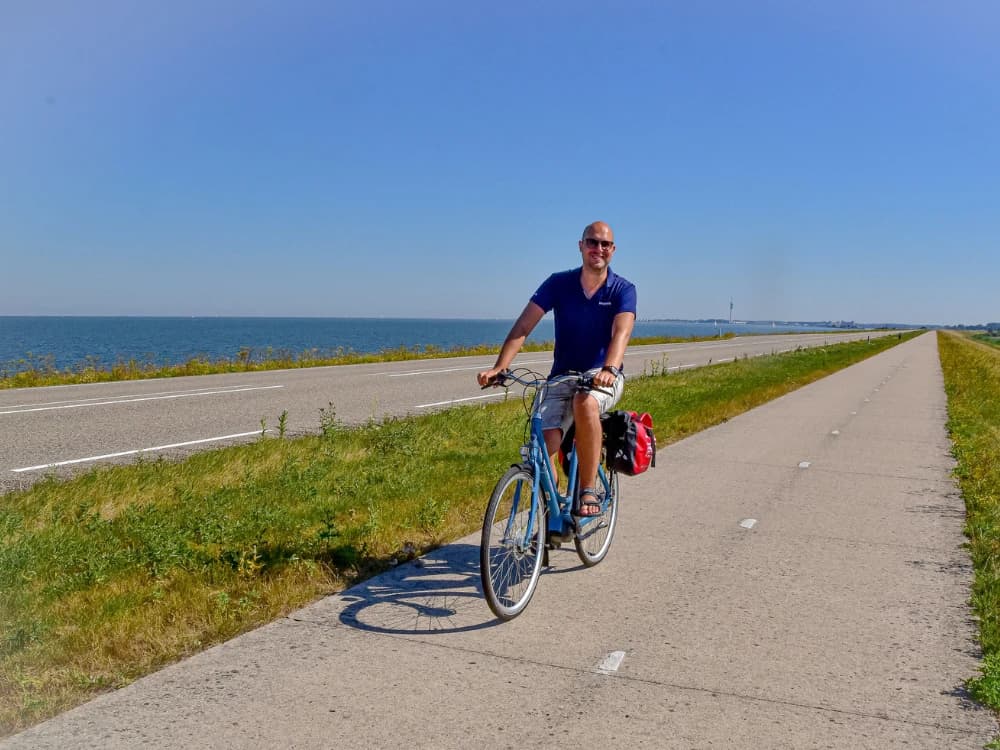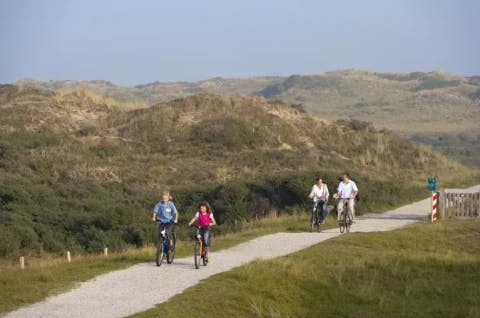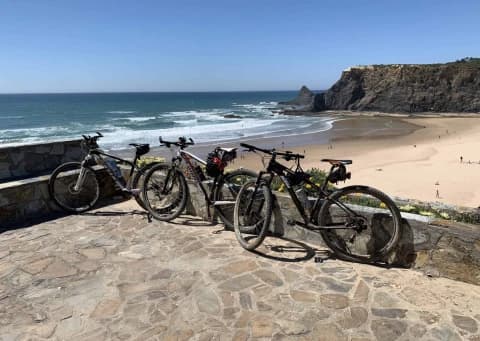Organizing a bicycle trip can be an exciting experience, but also long and complicated, especially if you are a beginner: there is the itinerary to choose, the stages to plan, the accommodations to find, the luggage to organize and even the most used Apps, especially by athletes, are not always able to simplify our lives, on the contrary!
So today we decided to give you some useful advice to make the whole process as stress-free as possible and your trip enjoyable and safe. So here are the 7 fundamental steps to organize a bicycle trip.

1. Choose the destination
The first thing to do when organizing a bicycle trip is to choose the destination and plan your own itinerary . On the market and on the web you will find many resources available to help you plan your trip such as travel guides, forums and websites dedicated to cycling tourism . Cyclando.com for example has an internal search engine that you can use to find a bit of inspiration.
In planning your itinerary, make sure to consider the total length of the route , which must be feasible based on the days you have available and the kilometers you are able to travel daily. Two other fundamental factors to consider at this stage are the type of terrain and the condition of the roads.
If you are on your first bike trip or plan to leave with the whole family, including children, remember not to overdo it and choose a route that is suitable for everyone's skill level.
2. Plan the stages
Once you have chosen your route, it is important to plan the stages .
To have time to enjoy the places crossed, perhaps making some stop for visits or for a bit of relaxation, or some deviation to go and peek what is behind that curve, we recommend you to plan stages between 30 and 80 kilometers daily , depending on your abilities and route conditions.
Remember also that pedaling on a dirt track is more tiring and progress is slower compared to when you pedal on the asphalt.
3. Plan the accommodations
During your cycling trip you will need a place to stay overnight . The solutions are of course many: you can choose to camp, book a room in a hotel or a hostel, or use services like Warmshowers or Couchsurfing, which offer free accommodations to cycle travelers.
Even in this case, to make the right choice, it will be good to evaluate your own adaptability level , in addition to your own budget.
In any case, we recommend booking your accommodation in advance , so as to avoid finding yourself without a place to sleep. Because remember: if where you thought to end the stage you do not find availability, you may have to pedal several kilometers to reach the next point and this is not always possible (nor much less safe), especially if you arrive already tired and shortly before sunset.

4. Prepare your bicycle
Before leaving, it is essential to ensure that your own means of transport is in good condition. Make a complete revision of your bike, checking that the brakes and gear change work correctly and that the tires are not worn out.
Also make sure to have all the spare parts necessary for any repairs along the route.
If you don't already have a good level of experience, have your bike checked by a professional mechanic before leaving: many bike shops now offer this service.
5. Choose your equipment
Before leaving, depending on the type of trip and route you have decided to travel, it is important that you choose your equipment. This includes clothing, bike repair kit, first aid kit and, in case you opted for camping at point 3, everything necessary for camping like a tent, sleeping bag and a stove to cook meals.
All of this is of course to be organized and transported on the bicycle, unless you choose to use a luggage transport service. In the first case you can organize everything in waterproof bike bags (make sure that a rack can be mounted on your bicycle), or in bikepacking bags . In the second case, turn to us and we will organize a luggage transport service from hotel to hotel along the entire route for you.
6. Prepare your repair kit
During your cycling trip, you may need to make some repairs. This is why it is important that you always have a complete repair kit with you, which includes:
a multitool with various size Allen keys, screwdriver and star screwdriver
pliers
a spare inner tube plus an inner tube repair kit with patches, glue and sandpaper
a pump
some electrician straps
a cutter
a chain splitter and maybe some spare chain links
But the most important thing is that you know how to repair your bike in case of breakdowns. If you don't feel experienced enough, we recommend, as a first experience, to opt for an organized bike trip, which will give you the peace of mind of being able to count on assistance along the route .
7. Physically prepare yourself
Here we are, now that the material is ready, you just have to physically prepare yourself for your bike trip. The advice is to start the preparation with a few months in advance , so as to have enough time to gradually train strength and endurance .
If you do not cycle regularly, start putting yourself to the test by leaving the car in the garage and tackling small daily journeys by bike such as home work: you will gain more confidence in handling the vehicle and the planet will thank you.
When instead you have more time available, such as during the weekends, start with facing routes more similar to those of your bike trip : start by covering a distance on which you feel comfortable and every week increases by a bit, until reaching the mileage of the longest stage you have planned.
With this advice we hope to have helped you in preparing your bike trip, which remember: it must be enjoyable and safe. If therefore you still have doubts or perplexities, for the first experience turn to professionals who can assist you in choosing the trip most suitable for you and in managing the route. On Cyclando you find a service designed just for this: all you have to do is make an appointment for a call and we will help you to orient yourself in the world of cycle tourism.





